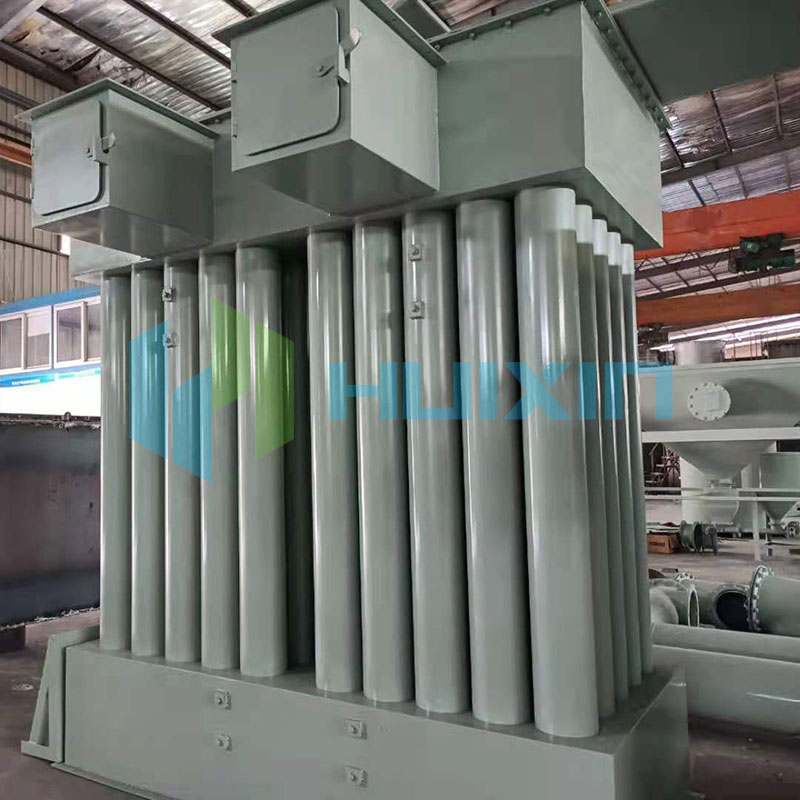Optimizing the Performance and Maintenance of Electrostatic Precipitators
2024-12-23
The performance of an electrostatic precipitator (ESP) hinges on proper design, installation, and maintenance. In this blog, we delve into the strategies for optimizing ESP operations, the challenges faced, and best practices for maintenance.
Factors Influencing ESP Performance
1. Particle Properties
- Particle size, shape, and resistivity directly impact ESP efficiency. Low-resistivity particles are easier to collect, while high-resistivity particles may require additional conditioning.
2. Gas Stream Characteristics
- Gas flow rate, temperature, and moisture content affect ionization and particle collection.
- High temperatures can impact material durability, while moisture content can influence resistivity.
3. Design Parameters
- Electrode spacing, plate size, and electrical voltage must be tailored to the specific application to maximize efficiency.
Troubleshooting Common Issues
1. Reduced Efficiency
- Causes: Damaged electrodes, misaligned plates, or insufficient voltage.
- Solutions: Conduct thorough inspections and replace or realign components as needed.
2. Excessive Sparking or Arcing
- Causes: Build-up of particulates on plates or insufficient spacing between electrodes.
- Solutions: Clean plates more frequently and adjust electrode spacing.
3. Mechanical Failures
- Causes: Wear and tear on rapping mechanisms or collection systems.
- Solutions: Schedule regular maintenance and replace aging components.
Future Trends in ESP Technology
1. Advanced Materials
- Development of corrosion-resistant and high-temperature materials enhances durability.
2. Digital Monitoring Systems
- Real-time monitoring and predictive maintenance improve operational efficiency.
3. Energy Efficiency Improvements
- Innovations in power supply technology reduce energy consumption while maintaining performance.
Proper maintenance and performance optimization are essential for the long-term success of electrostatic precipitators. By addressing challenges and embracing new technologies, industries can ensure ESPs remain effective in reducing emissions and promoting sustainability.



